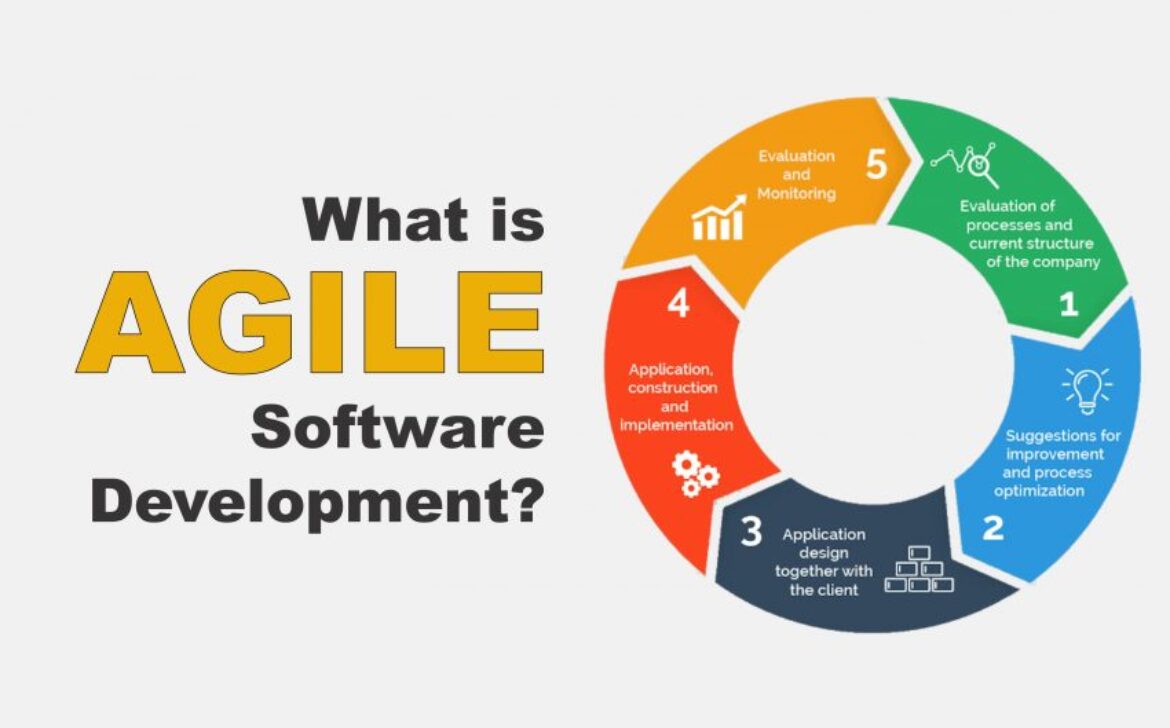Exploring the Power of JavaScript: A Comprehensive Guide

JavaScript is a dynamic, versatile, and ubiquitous programming language that powers the interactive features of countless websites and applications across the digital landscape. Whether you’re a seasoned developer or just starting your coding journey, understanding JavaScript is essential in today’s web development ecosystem. In this comprehensive guide, we’ll delve into the key aspects of JavaScript, its core concepts, and its practical applications.
What is JavaScript?
JavaScript, often abbreviated as JS, is a high-level, interpreted programming language primarily used for creating interactive web pages and dynamic content. Developed by Brendan Eich in 1995, JavaScript was originally named LiveScript but was later renamed to reflect its relationship with Java, though the two languages are fundamentally different.
Unlike languages such as HTML and CSS, which focus on the structure and presentation of web content, JavaScript is a full-fledged programming language that enables developers to add functionality, interactivity, and behavior to web pages. It is supported by all modern web browsers, making it a cornerstone of front-end web development.
Core Concepts of JavaScript
Variables and Data Types
In JavaScript, variables are used to store data values. They can hold various types of data, including numbers, strings, booleans, arrays, objects, and more. Variables are declared using keywords such as let, const, and var, with let and const being block-scoped and var being function-scoped.
let message = 'Hello, World!';
const PI = 3.14;
var count = 10;Functions
Functions in JavaScript are blocks of reusable code designed to perform specific tasks. They can be defined using the function keyword and can take parameters as inputs and return values as outputs.
function greet(name) {
return 'Hello, ' + name + '!';
}
let greeting = greet('Alice');
console.log(greeting); // Output: Hello, Alice!Control Flow
JavaScript provides various control flow mechanisms, including conditional statements (if, else if, else), loops (for, while, do...while), and switch statements, allowing developers to execute code conditionally and repetitively based on different criteria.
let num = 5;
if (num > 0) {
console.log('Positive');
} else if (num < 0) {
console.log('Negative');
} else {
console.log('Zero');
}Objects and Arrays
Objects and arrays are fundamental data structures in JavaScript. Objects are collections of key-value pairs, while arrays are ordered collections of elements. They are versatile and can hold various types of data, making them essential for organizing and manipulating data in JavaScript.
let person = {
firstName: 'John',
lastName: 'Doe',
age: 30,
hobbies: ['reading', 'coding', 'gaming']
};
console.log(person.firstName); // Output: John
console.log(person.hobbies[1]); // Output: codingDOM Manipulation
The Document Object Model (DOM) is a programming interface that represents the structure of a web page as a hierarchical tree of objects. JavaScript allows developers to interact with the DOM, enabling dynamic updates and changes to web page content, styles, and structure based on user actions or events.
let button = document.querySelector('#myButton');
button.addEventListener('click', function() {
alert('Button clicked!');
});Practical Applications of JavaScript
Front-End Web Development
JavaScript is extensively used in front-end web development to create interactive user interfaces, handle user input, validate forms, implement animations, and fetch data from servers using APIs. Popular front-end frameworks and libraries like React, Angular, and Vue.js are built on top of JavaScript.
Back-End Development
With the advent of technologies like Node.js, JavaScript has expanded its domain to include back-end development as well. Developers can use JavaScript to build server-side applications, handle HTTP requests, perform database operations, and create RESTful APIs, making it a versatile language for full-stack development.
Mobile App Development
Frameworks such as React Native and frameworks like Apache Cordova allow developers to use JavaScript to build cross-platform mobile applications for iOS and Android. This approach streamlines development by enabling code reuse across different platforms.
Game Development
JavaScript, combined with HTML5 and CSS3, has become a popular choice for browser-based game development. Libraries like Phaser and Three.js provide tools and APIs for creating immersive games directly in the web browser, expanding JavaScript’s reach beyond traditional web development.
Conclusion
JavaScript’s flexibility, scalability, and extensive ecosystem of frameworks and libraries make it a powerhouse in modern web development. Whether you’re crafting interactive user interfaces, building server-side applications, or developing cross-platform mobile apps, JavaScript empowers developers to bring their ideas to life in the digital realm. Embrace the power of JavaScript and unlock a world of possibilities in the ever-evolving landscape of technology.











